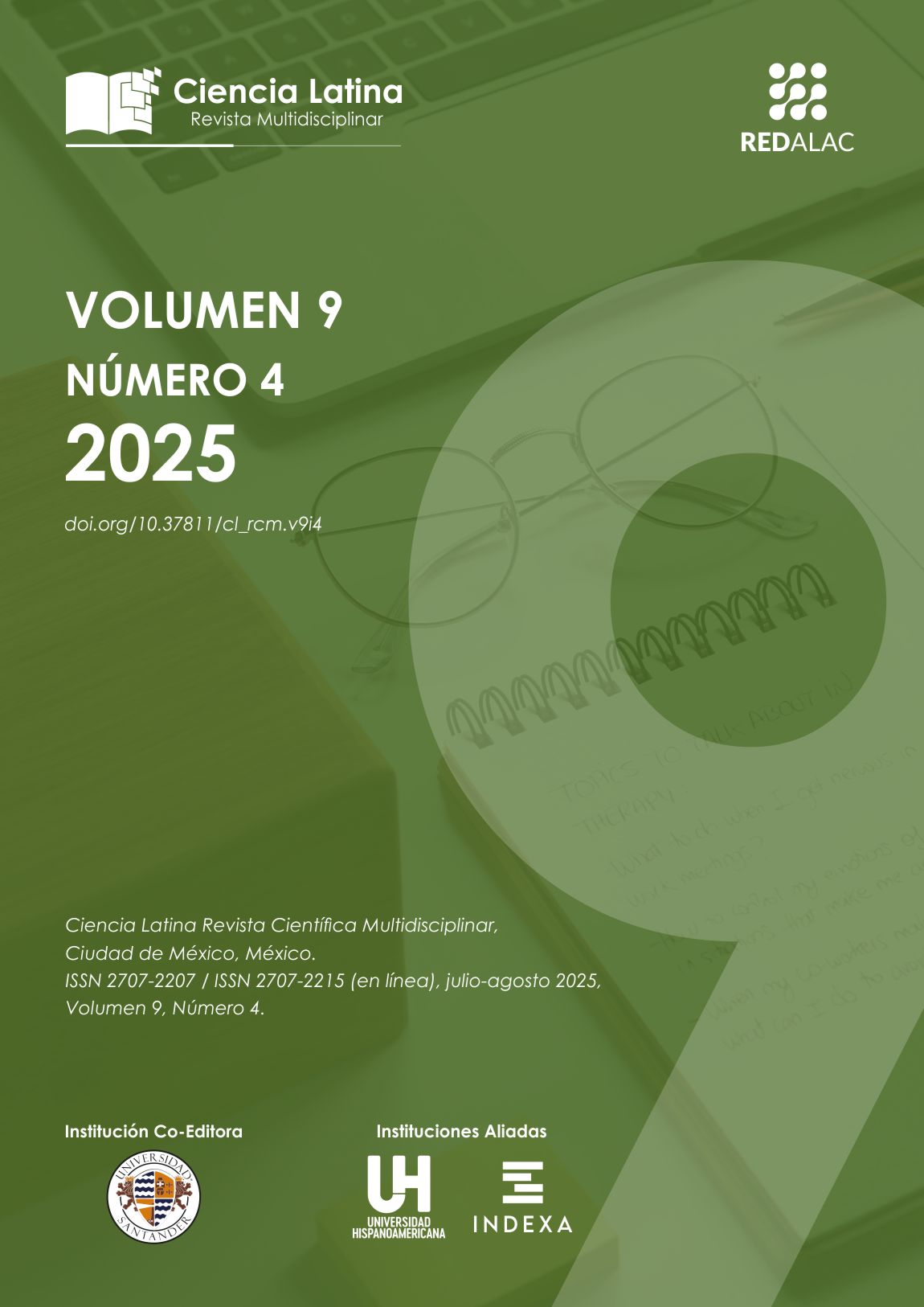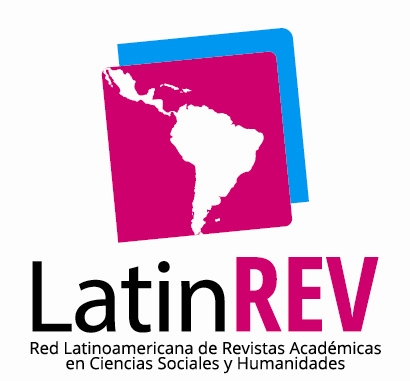Descripción general de los avances en inteligencia artificial para el diagnóstico de la enfermedad por reflujo gastroesofágico
Resumen
La enfermedad por reflujo gastroesofágico (ERGE) es una patología multifactorial caracterizada por el ascenso del contenido gástrico hacia el esófago, afectando significativamente la calidad de vida. Su fisiopatología implica mecanismos como relajaciones transitorias del esfínter esofágico inferior, hernia hiatal, acid pocket, obesidad y trastornos de motilidad gastrointestinal. El diagnóstico se realiza mediante estudios como la pHmetría esofágica de 24 horas. Aunque no existe una cura definitiva, se ha observado que terapias no farmacológicas, como las respiraciones diafragmáticas y el entrenamiento de músculos respiratorios, pueden reducir los síntomas. Este estudio revisa el papel emergente de la inteligencia artificial (IA) en el diagnóstico de la ERGE. Modelos como Yolov5, DeepLabV3+ y GERD-VGGNet han demostrado alta precisión en la segmentación de imágenes endoscópicas y la clasificación de la gravedad de la enfermedad. Otros enfoques, como los sistemas de machine learning aplicados a la pHmetría y los modelos de deep learning, han mejorado la identificación de episodios de reflujo. Sin embargo, limitaciones como tamaños muestrales reducidos, baja interpretabilidad clínica y escasa validación externa restringen su implementación generalizada. Se concluye que la IA tiene un potencial significativo en el diagnóstico y monitoreo de la ERGE, pero su adopción clínica requiere validaciones rigurosas y desarrollos centrados en la práctica médica real.
Descargas
Citas
Arín, A. & Iglesias, M. R. (2003). Enfermedad por reflujo gastroesofágico. Anales del Sistema Sanitario de Navarra, 26(2). 251-268. http://scielo.isciii.es/scielo.php?script=sci_arttext&pid=S1137-66272003000300008&lng=es&tlng=es.
Barba Orozco, E. & Esquerra Duran, A. (2023). Estudio del reflujo gastroesofágico. Interpretación de las pruebas funcionales en el paciente obeso. Cirugía Española, 101(4), S8-S18. https://doi.org/10.1016/j.ciresp.2023.01.001.
Boeckxstaens, G. E. & Rohof, W. O. (2014). Pathophysiology of Gastroesophageal Reflux Disease. Gastroenterology Clinics of North America, 43(1), 15-25. https://doi.org/10.1016/j.gtc.2013.11.001.
Ge, Z., Wang, B., Chang, J., Yu, Z., Zhou, Z., Zhang, J. & Duan, Z. (2023). Using deep learning and explainable artificial intelligence to assess the severity of gastroesophageal reflux disease according to the Los Angeles Classification System. Scandinavian journal of gastroenterology, 58(6), 596–604. https://doi.org/10.1080/00365521.2022.2163185.
Hosseini, A., Shorofi, S. A., Jackson, A. C., Dehghan, M. F., Salmanpour, A., Sadeghi, Z., Haghani, S. & Bahramnezhad, F. (2022). The effects of diaphragmatic breathing training on the quality of life and clinical symptoms of patients with gastroesophageal reflux disease: A randomized controlled trial. Advances in Integrative Medicine, 9(2), 103-109. https://doi.org/10.1016/j.aimed.2022.03.002.
Huerta-Iga, F. M., Tamayo-de la Cuesta, J. L., Noble-Lugo, A., Remes-Troche, J. M. Valdovinos-Díaz, M. A. & Carmona-Sánchez, R. I. (2012). Consenso mexicano de enfermedad por relujo gastroesofágico. Parte I. Revista de Gastroenterología de México, 77(4), 193-213. https://doi.org/10.1016/j.rgmx.2012.10.002.
Kahrilas, P. J., McColl, K., Fox, M., O'Rourke, L., Sifrim, D., Smout, A. J. & Boeckxstaens, G. (2013). The acid pocket: a target for treatment in reflux disease?. The American journal of gastroenterology, 108(7), 1058–1064. https://doi.org/10.1038/ajg.2013.132.
Maity, R., Raja Sankari, V. M., U, S., N A, R. & Salvador, A. L. (2024). Explainable AI based automated segmentation and multi-stage classification of gastroesophageal reflux using machine learning techniques. Biomedical physics & engineering express, 10(4). https://doi.org/10.1088/2057-1976/ad5a14.
Moffa, A., Oliveto, G., Di Matteo, F., Bautista, P., Cárdenas, A., Cassano, M. & Casale, M. (2020). Modified inspiratory muscle training (m-IMT) as promising treatment for gastro-oesophageal reflux disease (GERD). Acta Otorrinolaringologica, 71(2), 65-69. https://doi.org/10.1016/j.otoeng.2019.01.003.
NCI. (2011). Respiración diafragmática. Instituto Nacional del Cáncer. https://www.cancer.gov/espanol/publicaciones/diccionarios/diccionario-cancer/def/respiracion-diafragmatica.
Nobre e Souza, M. A., Vitorino Lima, M. J., Bezerra Martins, G., Arrais Nobre, R., Ponte Souza, M. H. L., Brandt de Oliveira, R. & Aguiar dos Santos, A. (2013). Inspiratory muscle training improves antireflux barrier in GERD patients. American Journal of Physiology-Gastrointestinal and Liver Physiology, 305(11), 862-867. https://doi.org/10.1152/ajpgi.00054.2013.
Nugraha, H.G., Agustina, M. & Nataprawira, H. M. (2025). Diagnostic challenges of hiatal hernia Type IV: An imaging perspective. Radiology Case Reports, 20(1), 437-441. https://doi.org/10.1016/j.radcr.2024.09.147.
OMS. (2024, 1 de marzo). Obesidad y sobrepeso. Organización mundial de la salud. https://www.who.int/es/news-room/fact-sheets/detail/obesity-and-overweight#:~:text=El%20sobrepeso%20y%20la%20obesidad%20son%20la%20consecuencia%20de%20un,factores%20psicosociales%20y%20variantes%20gen%C3%A9ticas.
Pérez de la Serna y Bueno, J. & Ruiz de León San Juan, A. (2015). pHmetría/impedancia-pHmetría de 24 horas. Revista Española de Enfermedades Digestivas, 107(4), 243. http://scielo.isciii.es/scielo.php?script=sci_arttext&pid=S1130-01082015000400013&lng=es&tlng=es.
Serra Pueyo, J. (2014). Puesta al día en el reflujo gastroesofágico. Gastroenterología y Hepatología, 37(2), 73-82. 10.1016/j.gastrohep.2013.11.001.
Song, G., Trujillo, S., Fu, Y., Shibi, F., Chen, J. & Fass, R. (2023). Transcutaneous electrical stimulation for gastrointestinal motility disorders. Neurogastroenterology & Motility, 35(11). https://doi.org/10.1111/nmo.14618.
Srividya, B. V. & Sasi, S. (2021). Early Detection of Gastroesophageal Reflux Disease Using Logistic Regression and Support Vector Machine. International Journal of Organizational and Collective Intelligence (IJOCI), 11(2), 75-90. https://doi.org/10.4018/IJOCI.2021040104.
Wang, C. C., Chiu, Y. C., Chen, W. L., Yang, T. W., Tsai, M. C., & Tseng, M. H. (2021). A Deep Learning Model for Classification of Endoscopic Gastroesophageal Reflux Disease. International journal of environmental research and public health, 18(5), 2428. https://doi.org/10.3390/ijerph18052428.
Wong, M. W., Rogers, B. D., Liu, M. X., Lei, W. Y., Liu, T. T., Yi, C. H., Hung, J. S., Liang, S. W., Tseng, C. W., Wang, J. H., Wu, P. A. & Chen, C. L. (2023). Application of Artificial Intelligence in Measuring Novel pH-Impedance Metrics for Optimal Diagnosis of GERD. Diagnostics (Basel, Switzerland), 13(5), 960. https://doi.org/10.3390/diagnostics13050960.
Zhou, M. J., Zikos, T., Goel, K., Goel, K., Gu, A., Re, C., Florez Rodriguez, D. J., Clarke, J. O., Garcia, P., Fernandez-Becker, N., Sonu, I., Kamal, A. & Sinha, S. R. (2023). Development and Validation of a Machine Learning System to Identify Reflux Events in Esophageal 24-Hour pH/Impedance Studies. Clinical and translational gastroenterology, 14(10). https://doi.org/10.14309/ctg.0000000000000634.
Sánchez Sánchez, J. E., & Fernández Paradas, A. R. (2025). Análisis de Estrategias Didácticas Implementadas para el Desarrollo de Competencias Textuales en Estudiantes de Secundaria. Ciencia Y Reflexión, 4(2), 2384–2411. https://doi.org/10.70747/cr.v4i2.497
Castro Valdivieso, C., & Rivera Cid, R. I. (2025). Exploring EFL Instructors’ Strategies and challenges for learners Autonomy and Self-regulation in blended learning contexts in Chile. Ciencia Y Reflexión, 4(2), 2468–2491. https://doi.org/10.70747/cr.v4i2.419
Derechos de autor 2025 José Luis Rodriguez Chavez , Javier Esteban Rodríguez Chávez, David Pérez-Granados, Rocío Elizabeth Duarte-Ayala, Monserrat Moreno-Carrasco, Carlos Alberto González Gutiérrez

Esta obra está bajo licencia internacional Creative Commons Reconocimiento 4.0.













.png)




















.png)
1.png)


